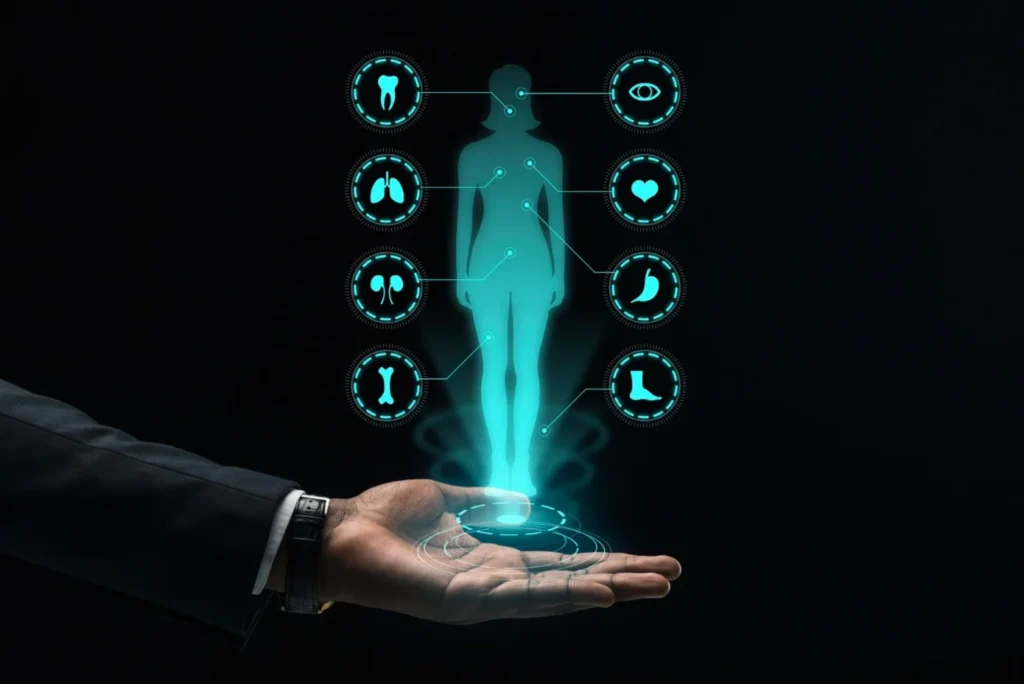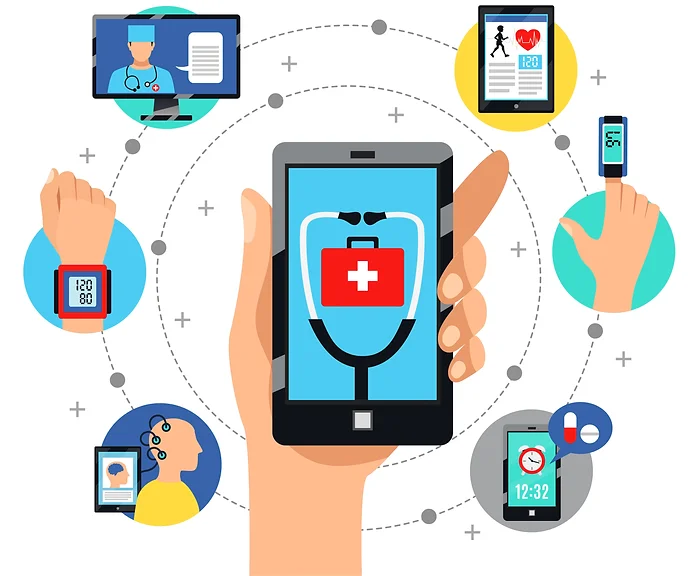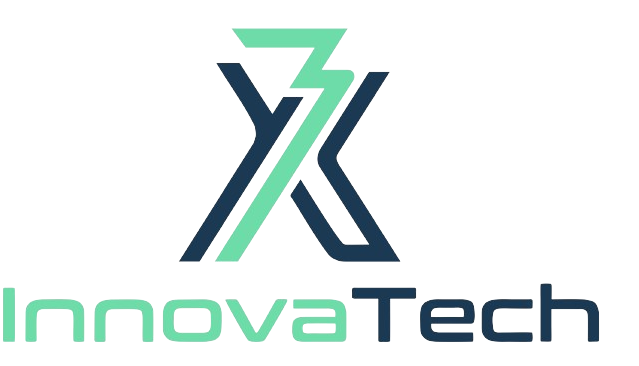
It was a seemingly pleasant Saturday morning. The sun was busy scattering its golden rays through the canopy of trees at the local park, and underneath, Pratihast, a 34-year-old nuclear scientist, was trying to lace up his running shoes, just like he had been doing for years. But this time, something felt different. Despite years of investing time and energy in fitness, he felt unusually fatigued, as if his energy had been siphoned off overnight. This triggered a small yet insistent alarm bell in his mind, prompting him to consider that perhaps it was time to listen more attentively to his body’s signals. That day marked the beginning of Pratihast’s exploration into a world where technology meets health, allowing him to take charge of his well-being like never before.

The Reactive Versus Proactive Paradigm: Breaking Old Habits
For years, global healthcare has functioned within the limitations of “reactive care”, rather than “proactive” one. You fall sick, you wait for it to go away, and only if it gets too concerning, you consult a doctor, and you get treated; the system has operated this way for generations. Yes, you can always consult doctors through your phone, where non-verbal clues are not visible – and as these contribute to at least 55% of communication in a conversation – unless the clinician has access to the patient’s health stats such as a blood test, scans, etc., their ability to pick up on signs of distress is restricted.
The things that we do everyday, modifiable health behaviors like physical activity, sedentary behavior, and sleep, have a significant impact on many aspects of cardiovascular, musculoskeletal, and mental health, and even minor changes to them can trigger much better results. Worldwide, preventable sources cause 80% of heart diseases, strokes and Type-2 diabetes and 40% of cancers.
But what if there was a better way? Imagine the relief of being warned well before a health crisis escalates, giving you a valuable head start in seeking the right medical help. Point-of-care (POC) wellness devices such as Nirog Scan are pushing the needle towards a proactive model by assisting in improving people’s sleep patterns, managing stress and lifestyle, increasing productivity and monitoring disease progression for chronic disease conditions. Users of such devices detected potential health concerns much earlier on average than those not using health monitors.
In 2016, the US alone spent $730 billion on diseases that could be avoided. This draws attention to a status quo that we have long accepted: a high proportion of illness and death is preventable, and a lot of resources are spent on treatment because we do not do an especially effective job of preventing them in the first place.
Lifestyle and Its Ripple Effects
The current (2022) average life expectancy in India is 70.19 years compared to the US (79.05 years) and China (77.30 years). Yes, there has been a small but steady increase over the years – even counting in COVID, and yes a largely rural population does set the statistics back for our country, but riddle us this, the life expectancy is still 72.7 years for the richest fifth of households in India.
Luckily, a 2018 study from Harvard found that one can prolong their life by up to a decade or more by incorporating 5 daily habits into their lifestyle. For the study, researchers reviewed 34 years’ worth of data from 78,000 women and 27 years’ worth from more than 44,000 men. Here’s what the study recommends one to do:
• Maintain a healthy diet (Minimally processed, whole foods and grains, vegetables, fruits, nuts and any natural source of protein.)
• Exercise at least 30 minutes or more a day.
• Maintain a healthy weight. (Those who monitored their weight less frequently were more likely to gain weight. You can find your BMI here)
• Don’t drink much alcohol. (No more than one or two 100mL glasses of wine per day. It can add to your waistline and increase the risk of several cancers i.e., breast, colon, esophagus, etc.)
• Don’t smoke. (Ever. Your body will thank you in the long run.)
The study estimated that the women who adopted these five habits would see 14 more years of life, and men would add 12 years.
It’s astonishing to think about how such minor but obvious adjustments can have such profound impacts on our quality of life.
There are other habits you can inculcate to add life to your years and years to your life, or at the very least, not shorten it. Integrating practices like yoga and getting a good-amount and good-quality of sleep regularly into one’s routine not only brings mental tranquility but the calming effects have been linked to a reduced risk of heart diseases, stress, diabetes, and other chronic ailments diseases by up to 23%. Yet, without understanding our baseline health or tracking the positive or negative impacts of our lifestyle choices, even these adjustments are shots in the dark.
Ravi’s story from the beginning is a testament to this. By using technology to monitor his vitals, he was able to detect and address a potentially serious health issue early on, showcasing the incredible potential of such devices due to which he faced a far less daunting treatment process. Moreover, he became more conscious of his lifestyle choices, adding mindfulness and dietary changes into his routine—subtle shifts that have created monumental improvements in his overall well-being. You could be incorporating the latest superfood into your diet, or clocking in hours at the gym, but without real data, you’re navigating the complicated waters of health and wellness blindfolded.
Bridging the Diagnostic Gap
Healthcare now might be better than it was a decade ago, but it is still inaccessible to large sects of the population, especially in rural areas and developing countries. And even if it is accessible, they struggle to detect diseases at early stages due to limited health status screenings. This sets up a cycle of late diagnosis, harsher treatments, higher costs, and sometimes, tragically, worse outcomes. India’s doctor-population ratio at 1:854 might be better than the World Health Organisation’s standard of 1:1000, but the diagnostic gap is far from ideal.

Here’s where the sheer beauty of healthcare monitoring devices come into play: these devices democratize healthcare. Whether it’s a villager in a remote part of India or a Wall Street executive, timely and accurate health data can be made available to anyone with a smartphone – with or without internet. By simply monitoring vital stats like oxygen levels, temperature, and heart rate, early detection becomes far more achievable. These aren’t just numbers on a screen; they are signposts on the road to better health.
But these devices are not just great health partners for the likes of Ravi, but are also advantageous for healthcare providers, as it will cut down on the number of hospital or clinic visits, free up valuable bed space and doctors’ and nurses’ time, so they can concentrate on the patients who are most in need of their care. The devices offer personal insights and potential foresight into one’s health while also preventing a misdiagnosis, detecting symptom-less medical problems and signal early signs of an infection.
It’s a personal health revolution that has the potential to be as impactful as the invention of the vaccine or the discovery of penicillin. And this is just the tip of the iceberg. A myriad of conditions can be preempted, managed, or even reversed with early detection.
Conclusion
For every Ravi, there are countless individuals living in ignorance of their health conditions.
As we stand on the brink of a healthcare revolution, it’s not just about treatment anymore—it’s about prevention, early detection, and holistic well-being. At the center of this paradigm shift is YOU—the individual ready to take control of their health. And as you, along with Ravi and million others, get ready to embrace a healthier future, Y3X Innovatech remains your trusted partner, as you chart this transformative path ahead.
With Nirog Scan, our mission is ambitious and clear: we envision a future where AI-driven, accessible, and proactive healthcare becomes a reality, empowering wellness for everyone.
With this blog, we are launching a series of in-depth analyses, expert interviews, and feature stories that will examine the myriad intersections between health and technology. Upcoming posts will dive deeper into specific health routines, scrutinize real-life cases of tech-augmented healthcare turnarounds, and discuss how mindfulness and innovation can collectively usher in a new era of wellness and health — not just in India but globally.
Stay tuned as we navigate this transformative landscape, one comprehensive, insightful post at a time.

